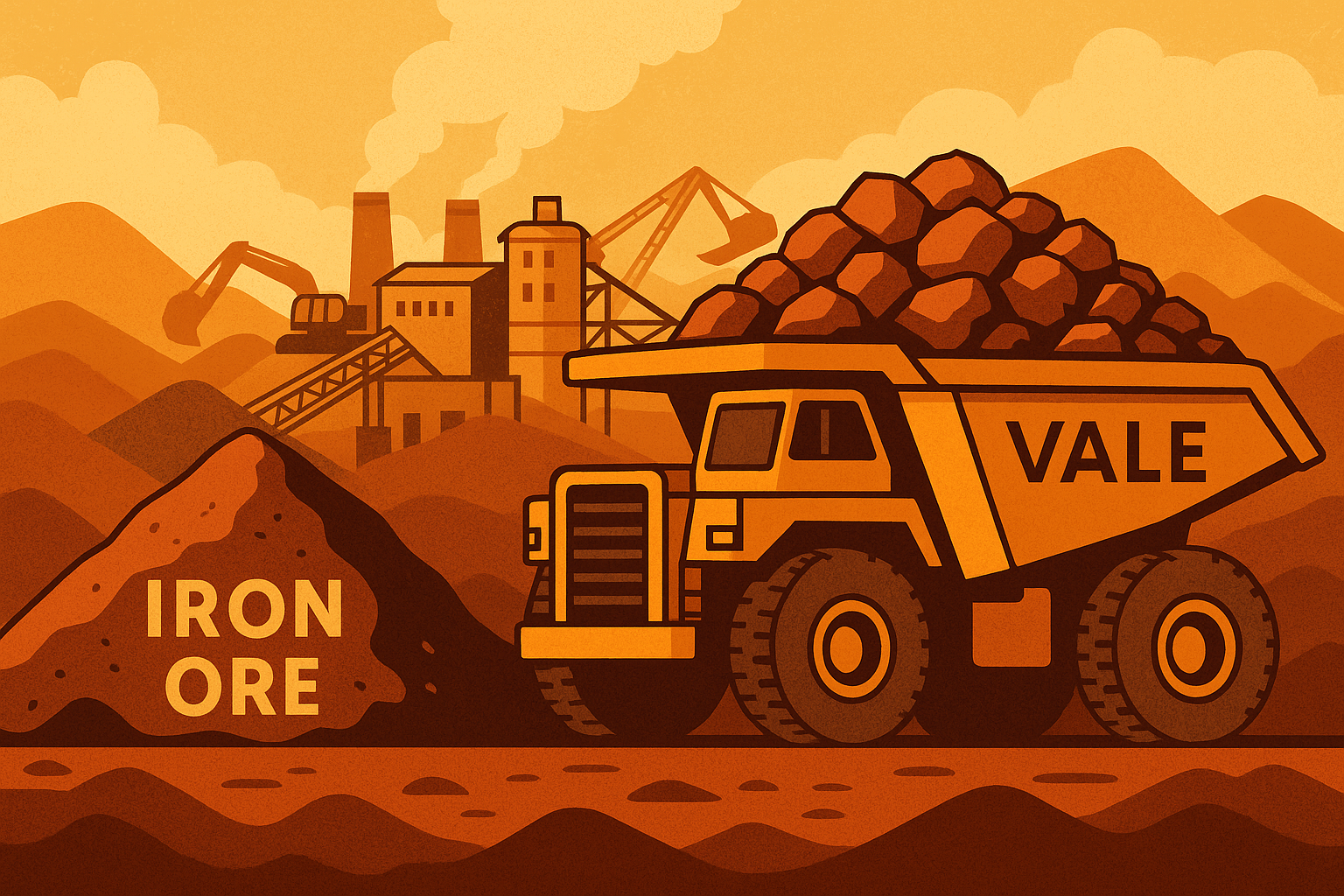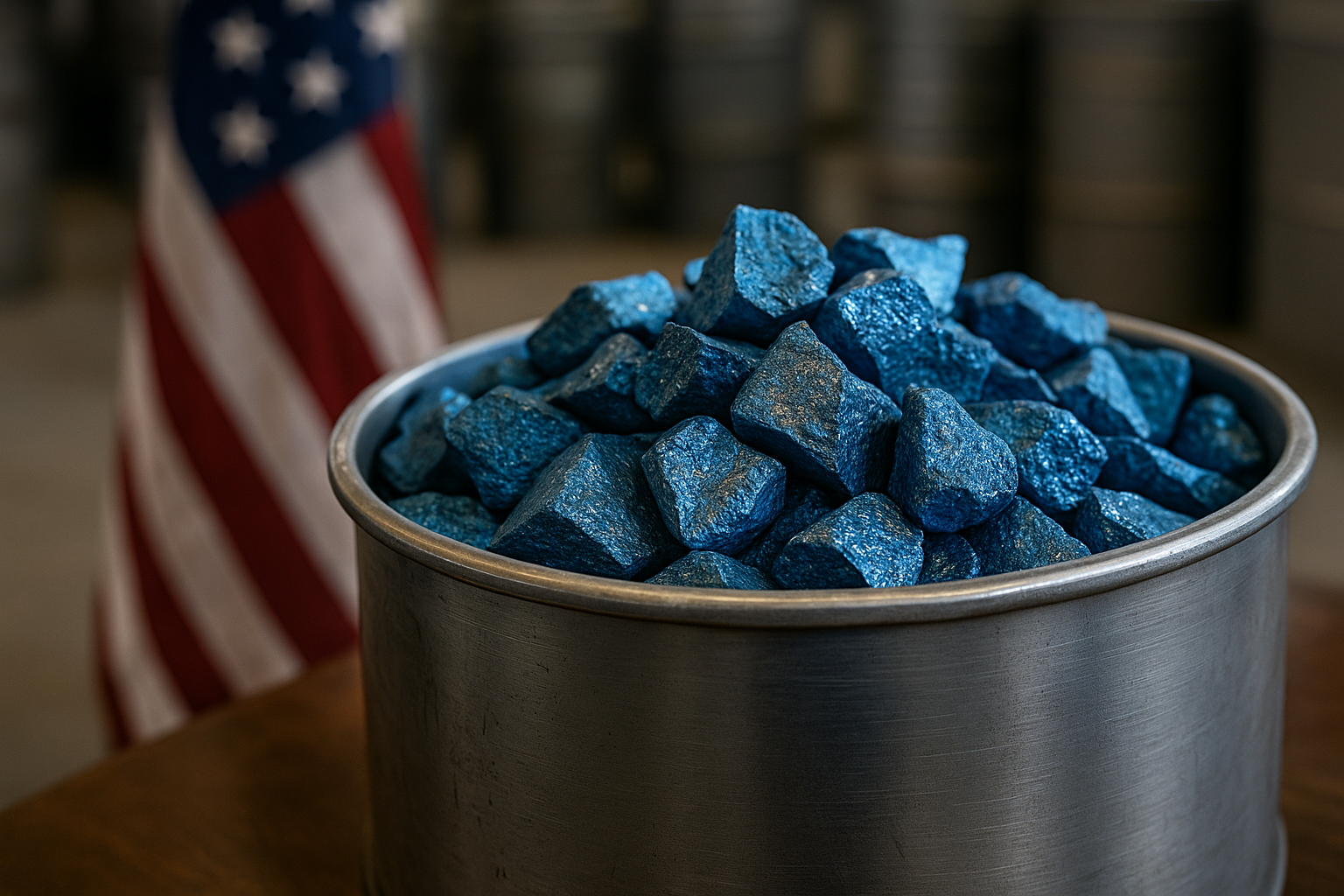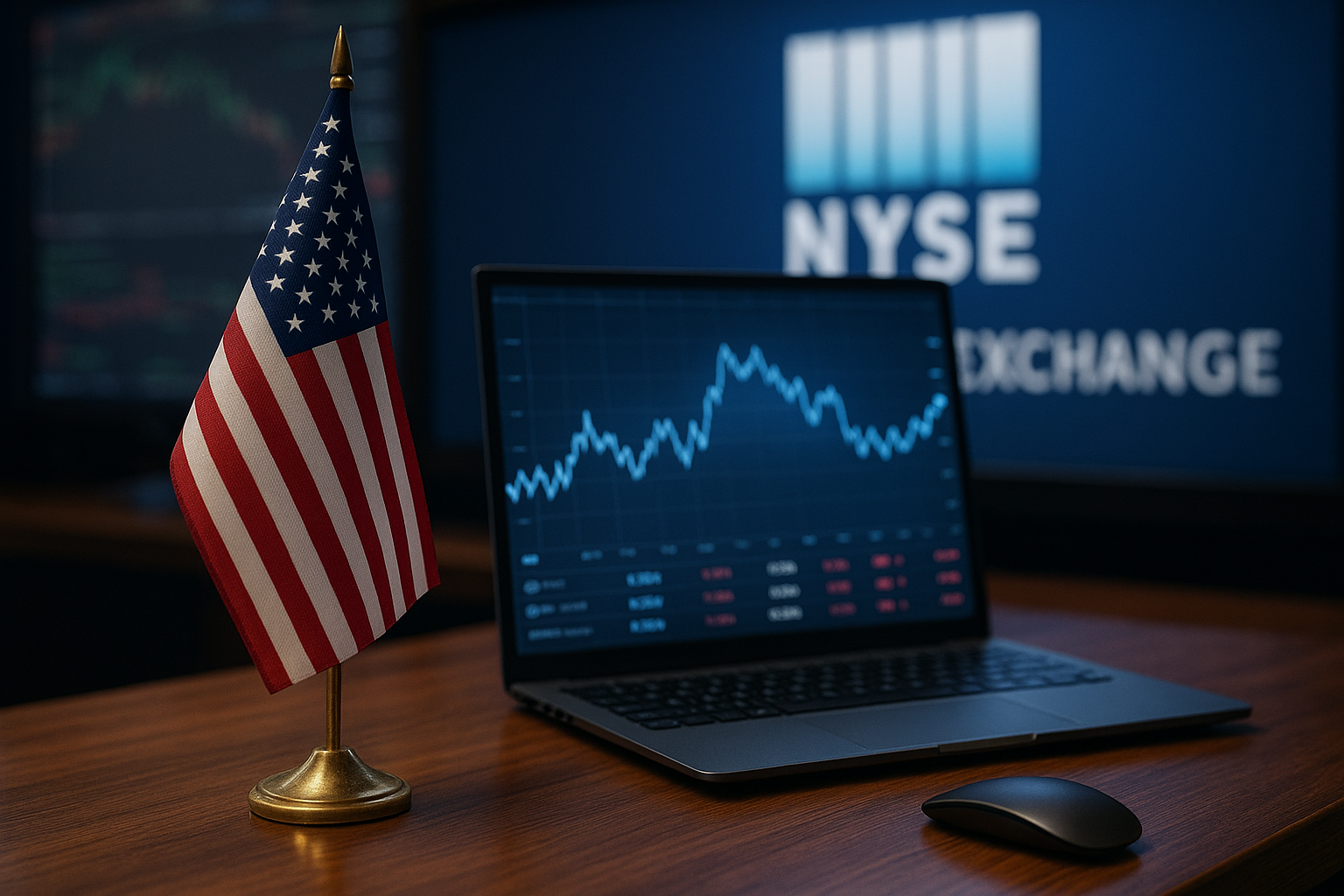Brazilian mining giant Vale S.A. has delivered a bullish signal to the metals and mining world, reporting a record-breaking 83.6 million metric tons (Mt) of iron ore output in Q2 2025—up 3.7% year-over-year, according to Reuters. The production surge is largely attributed to the successful ramp-up of its massive S11D mine in northern Brazil, one of the largest and most technologically advanced iron ore operations globally.
While the volume boost reaffirms Vale’s position as a global heavyweight in iron ore, it comes against the backdrop of declining spot prices and softening demand in key markets like China. For investors, this presents a mixed bag: rising output supports revenue stability and long-term guidance, but weaker iron prices may squeeze margins and temper near-term enthusiasm.
S11D Expansion Fuels Output Surge
The S11D mine, part of Vale’s Carajás complex in Pará, has been at the center of the company’s long-term strategy to deliver high-grade, low-impurity ore with reduced operational and environmental costs. In Q2, Vale confirmed that S11D’s continued ramp-up contributed significantly to its production gains, which now put the miner well on track to meet its 2025 full-year production guidance.
According to Vale’s production report, output from the Northern System rose 10% YoY, driven by logistical improvements and increased beneficiation capacity at S11D. The company also noted increased efficiency from autonomous haul trucks and its integrated railway system, helping to control costs amid global volatility.
CEO Eduardo Bartolomeo highlighted the achievement in an investor update: “Our Q2 performance at S11D underscores Vale’s commitment to optimizing high-grade iron ore production while driving innovation and sustainability across the supply chain.”
Why This Matters for Investors
Vale’s strong production performance arrives at a time when global iron ore prices are under pressure, dipping below $105 per ton, down from recent highs of $120+ in Q1. The drop is driven by softer construction demand in China, ongoing property market concerns, and increased supply from key producers including Rio Tinto and BHP.
This sets the stage for margin compression despite volume growth. Investors should note that although Vale’s strong output supports free cash flow generation and debt management, lower realized prices could dampen earnings momentum over the next few quarters.
However, Vale remains one of the most cost-efficient producers globally. Its low breakeven levels and focus on high-grade ore make it more resilient to price cycles compared to smaller or higher-cost rivals.
Future Trends to Watch
Several macro and sector-specific trends will shape the iron ore narrative in H2 2025 and beyond:
- Chinese demand signals: Investors should monitor real estate stimulus and infrastructure spending in China. A rebound in steel demand could lift iron ore prices, benefiting major suppliers like Vale.
- Diversification strategy: Vale continues to expand into nickel and copper—critical minerals for the energy transition—reducing its dependence on iron ore and providing long-term growth optionality.
- ESG focus and operational risks: With environmental scrutiny high, particularly in Brazil, investors must watch for regulatory developments, ESG litigation, or weather-related disruptions impacting production.
Key Investment Insight
Vale’s record production may not immediately translate into soaring profits due to price headwinds, but the company’s low-cost base, operational leverage, and strategic growth outlook make it a compelling long-term play. Investors seeking diversified exposure to industrial metals or the global steel value chain should keep Vale on the radar, especially if iron ore prices stabilize or rebound later this year.
For real-time analysis on global commodities, industrial trends, and actionable stock market insights, keep your eye on MoneyNews.Today—where market moves begin.





